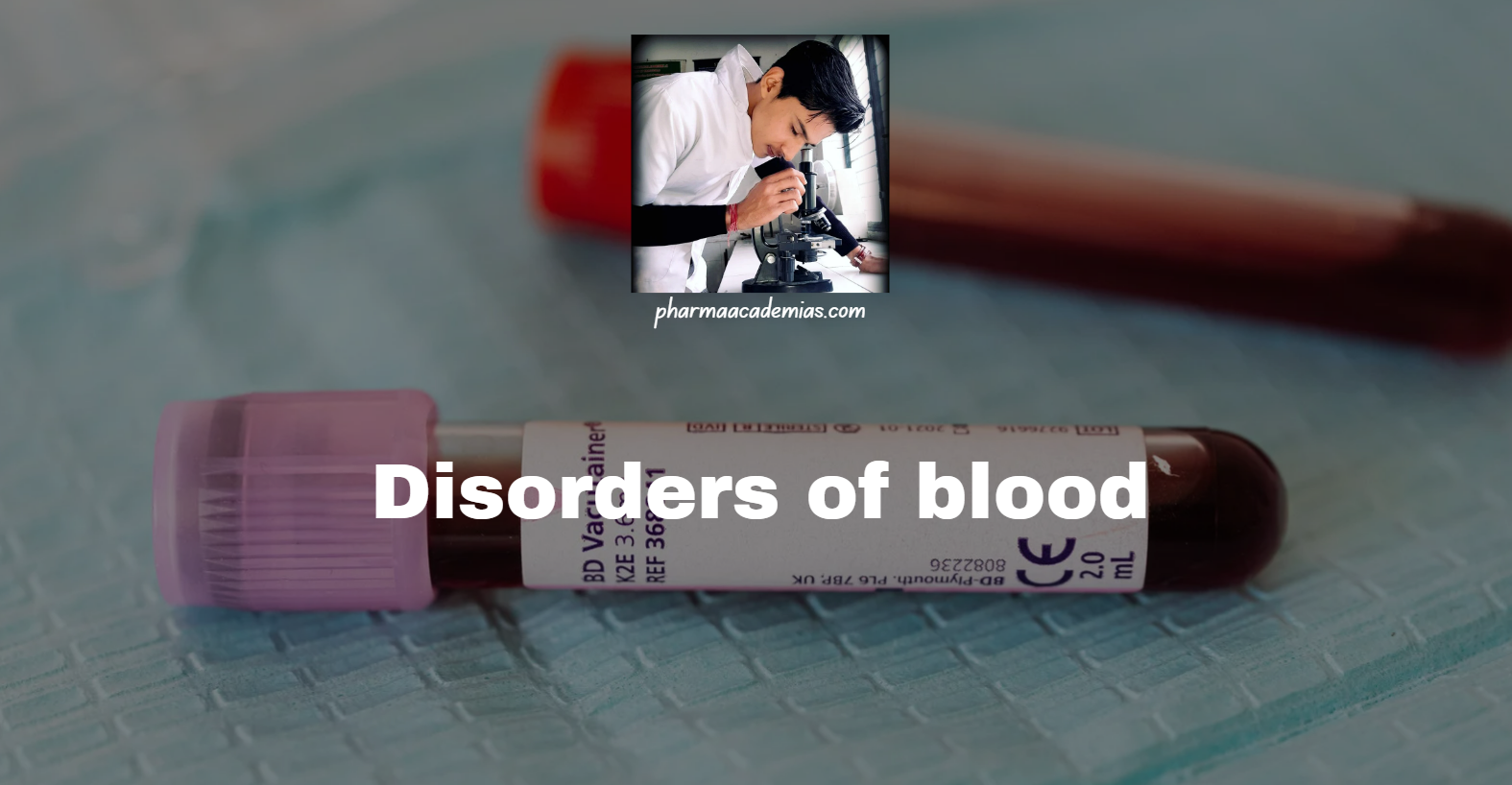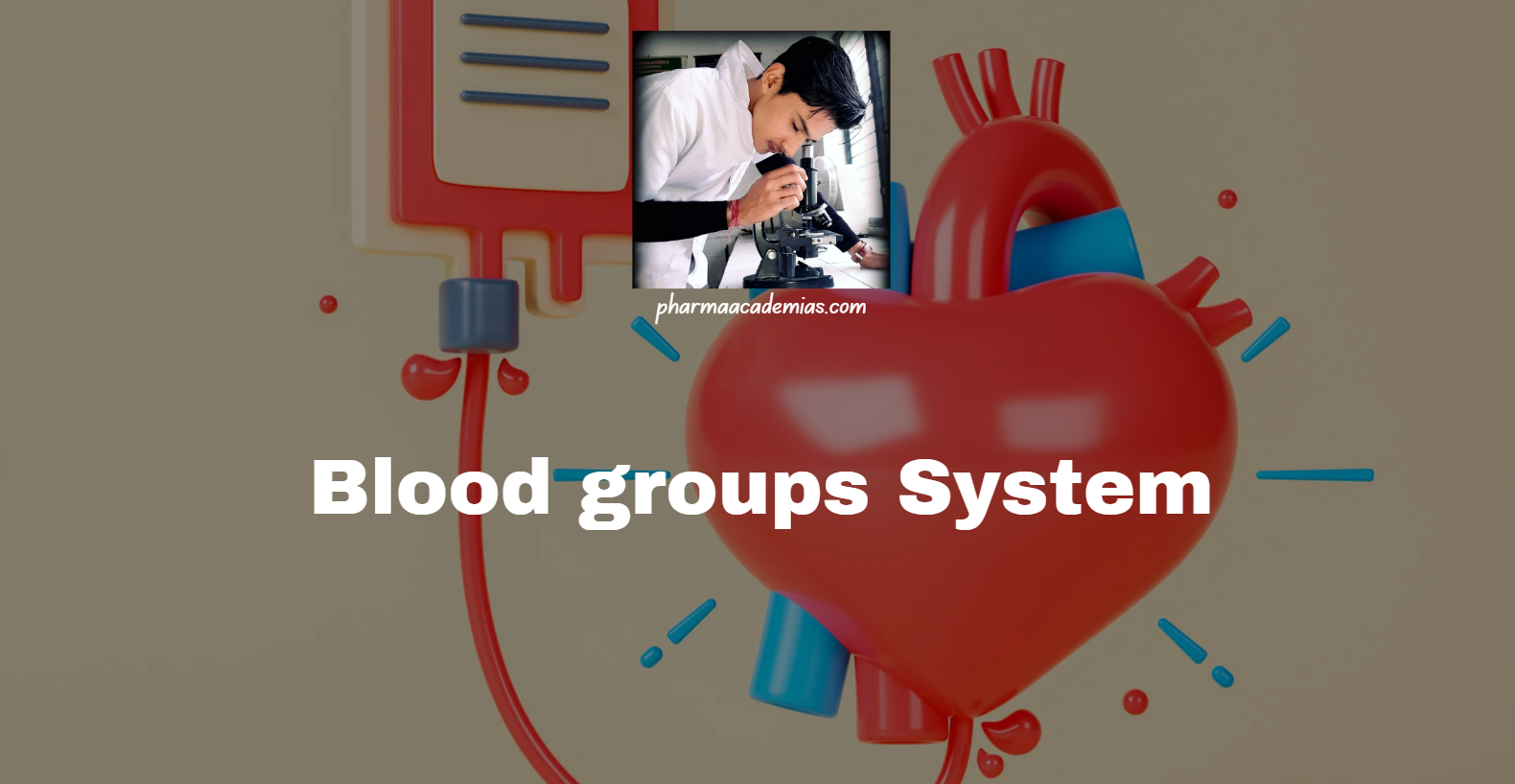Lymph Circulation: Anatomy, Mechanism, Circulation and Disorders
Lymph circulation is a vital physiological process that ensures the movement of lymph—a clear fluid containing white blood cells, proteins, lipids, and waste products—through the lymphatic system and eventually back into the bloodstream. This circulation plays a crucial role in fluid balance, immune function, and nutrient transport. Unlike the cardiovascular system, which is a closed-loop … Read more










